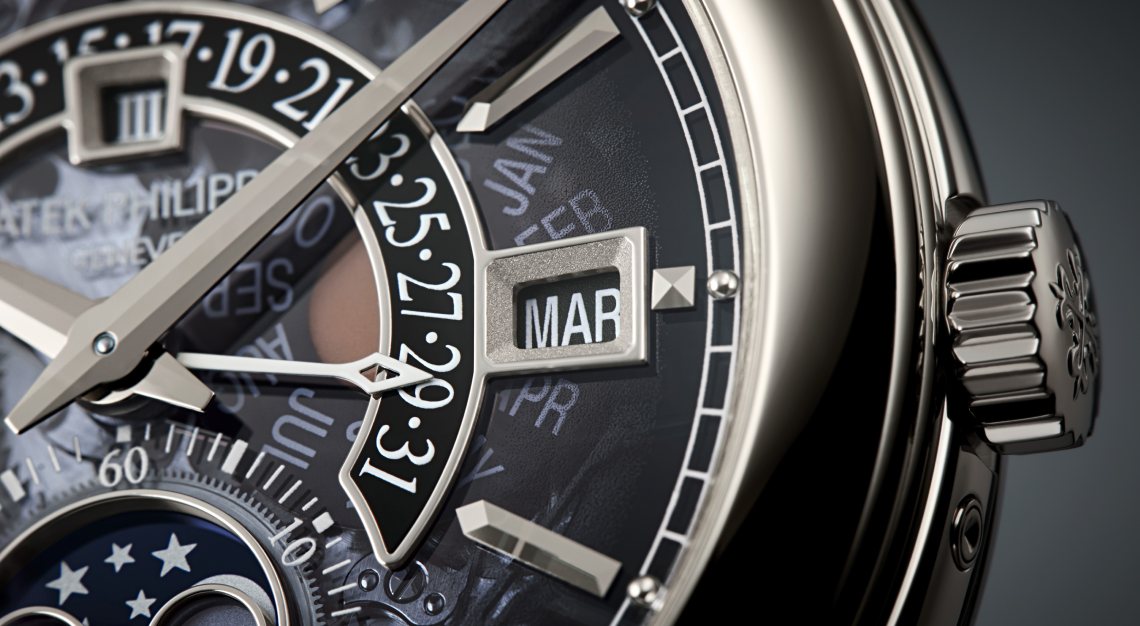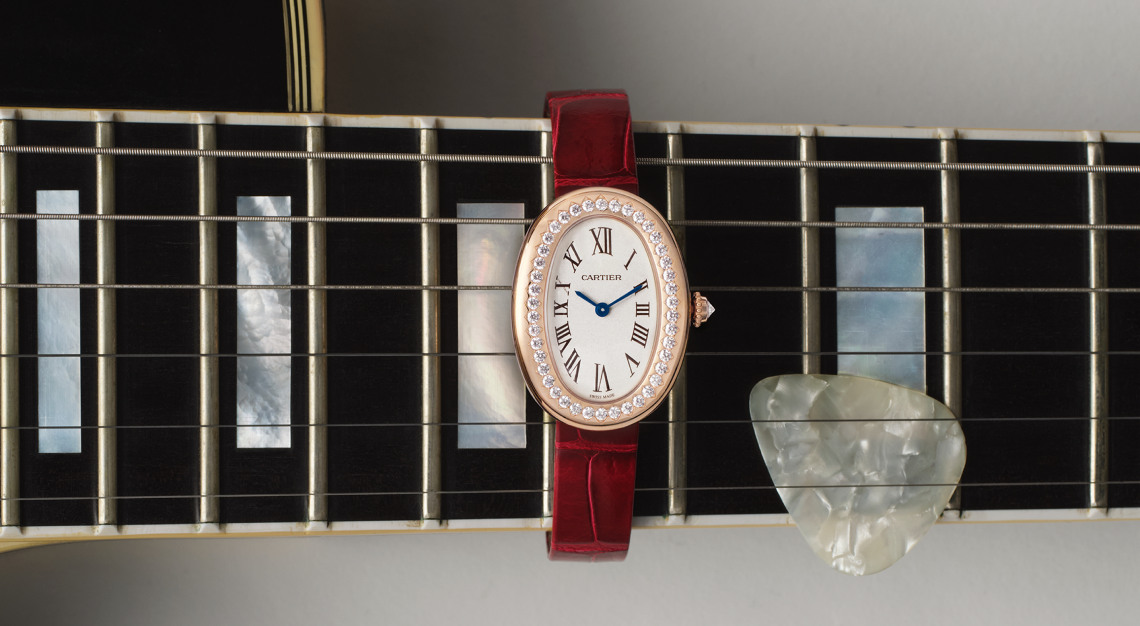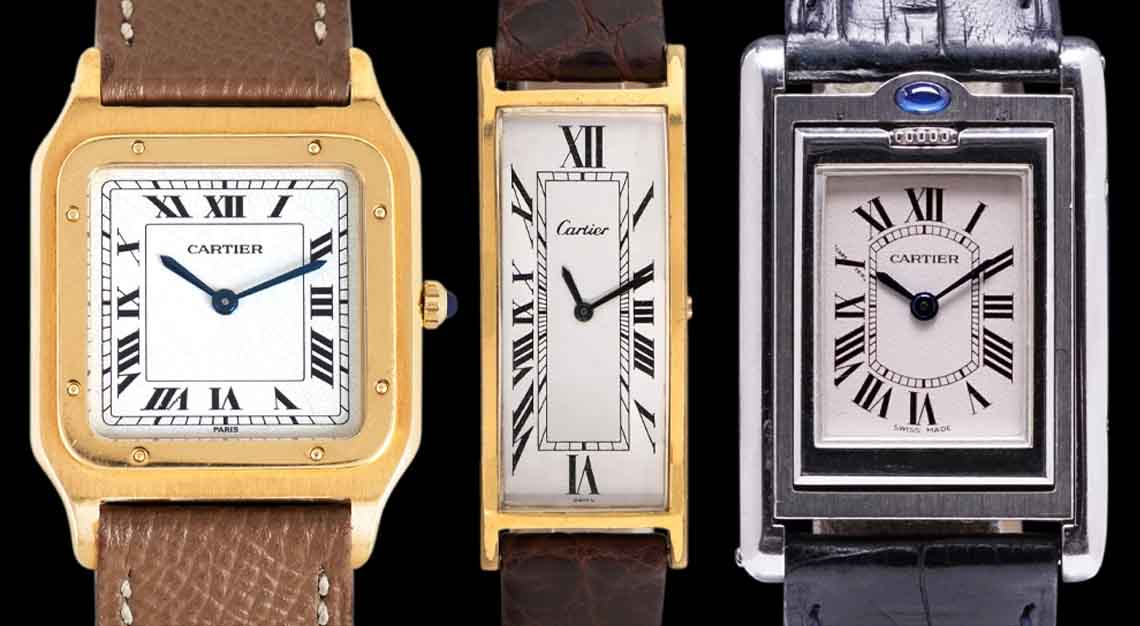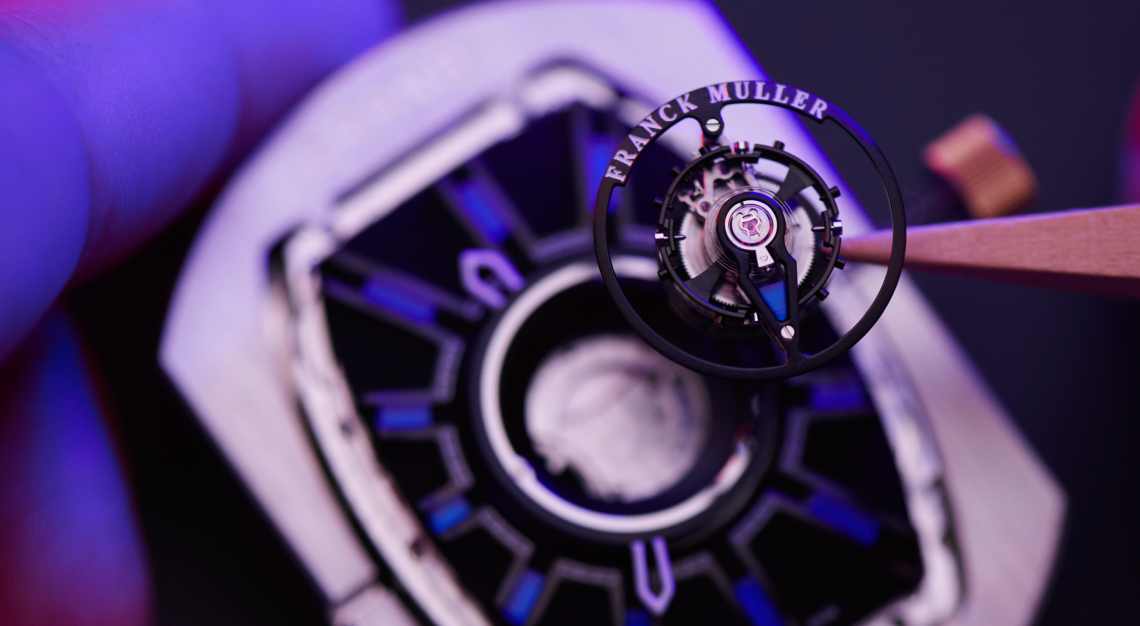Make a date and never miss it with these highly intelligent calendar watches
It’s not that you need a reminder of what date it is today. However, if you ever feel a tad confused (or are simply curious about specific details such as the current phase of the moon, or whether it is a leap year in 2024), there is no smarter watch to do your bidding than a perpetual calendar.
A mechanical super computer for the wrist, a perpetual calendar wristwatch automatically computes and tells you the date, day of the week, month, moon phase and the leap year at a single glance. If that is not enough for you, luxury watchmaking houses also offer timepieces that count the days based on the Chinese and Islamic calendars, as well as heavyweight complications that pair the perpetual calendar with a tourbillon and chiming mechanism. These watches might make your head spin with their intelligence, but they certainly will not allow you to lose track of your days.
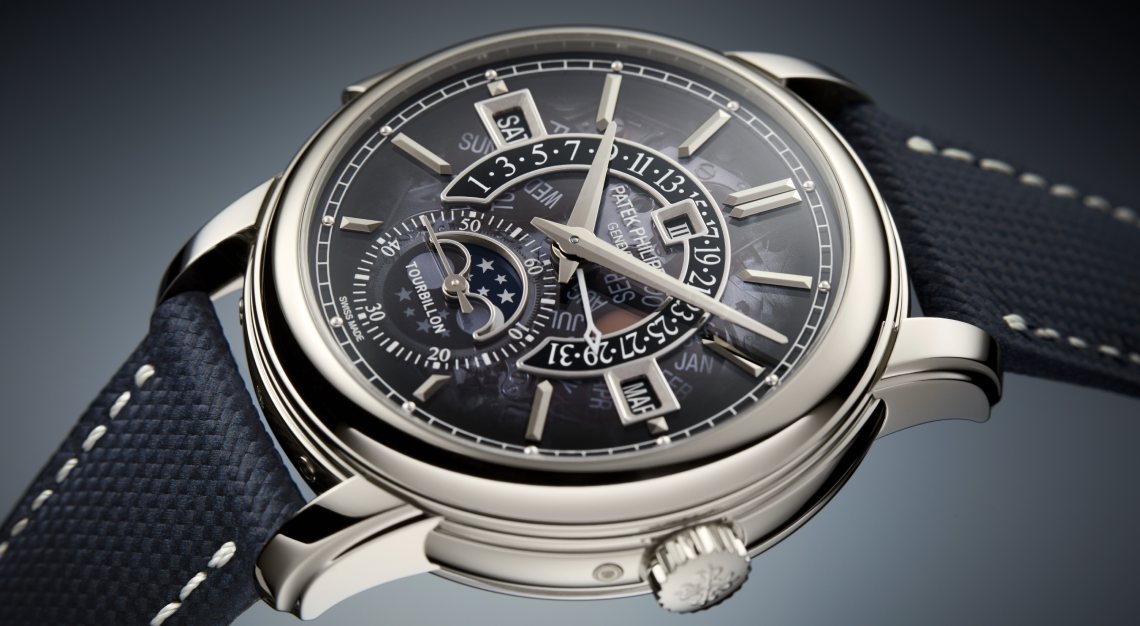
Patek Philippe Reference 5316/50P
Bearing a translucent grey sapphire dial that teases us with a view to its exposed innerworkings, the Patek Philippe Reference 5316/50P leaves no doubt to its mechanical prowess. It doesn’t take a watch expert to ascertain that there is a lot going on under the hood. And, indeed, there is plenty to unpack and admire.
A three-in-one grand complication, the Reference 5316/50P houses a perpetual calendar, tourbillon and a minute repeater. Not only does the watch display the entire suite of calendar indicators, it also lets the user chime the time on demand. Additionally, the timepiece comes fixed with a regulating mechanism that defies the powers of gravity to ensure that the hand-wound movement ticks with top-notch precision.
The watch’s mind-boggling combination of features doesn’t come at the expense of aesthetic refinement. The watch’s polished 40.2mm platinum case is sensibly sized and rather svelte, considering the 506-part movement it has to accommodate. Elsewhere, the smoked treatment on the sapphire case accords mystique, while the calfskin strap with embossed fabric texture accents the watch’s technical gravitas with a touch of casual, contemporary style.
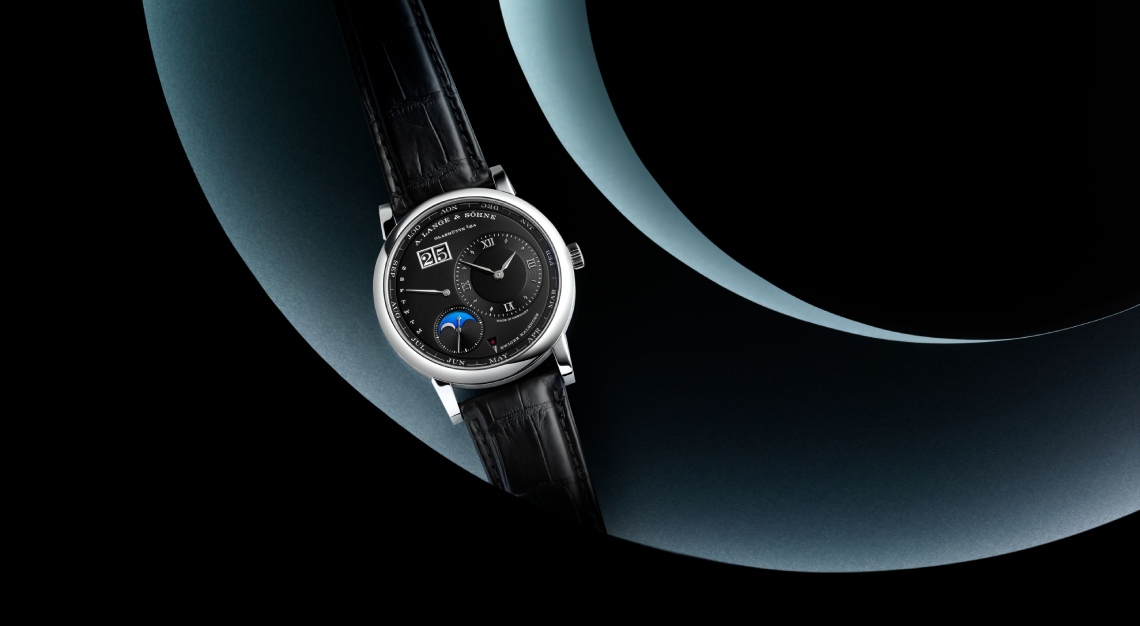
A. Lange & Söhne Lange 1 Perpetual Calendar
For all of the perpetual calendar’s merits, watchmakers have often struggled with one big challenge: legibility. It is wonderful to be able to ascertain everything from the date to the leap year on the dial. Packing all that information on a plate that is just slightly larger than the size of a postage stamp, though, is another matter.
To that end, A. Lange & Söhne’s iconic Lange 1 watch is readymade for that role. The watch’s famous off-centred and asymmetrically positioned sub-dials, and large outsized date windows not only make it wholly distinctive but, in this instance, allow the calendar displays to shine.
The Lange 1 Perpetual Calendar in platinum features an outer dial ring for the month, a retrograde counter for the day, and a superimposed moonphase window on the small seconds sub-dial. Clever and beautiful in equal measure, the Lange 1 Perpetual Calendar’s read-offs are also supplemented by unseen—but ingenious—technical features. These include the aforementioned peripheral month ring, which advances instantaneously at the end of each month, and the moon phase indication, which only needs to be corrected by one day after 122.6 years.
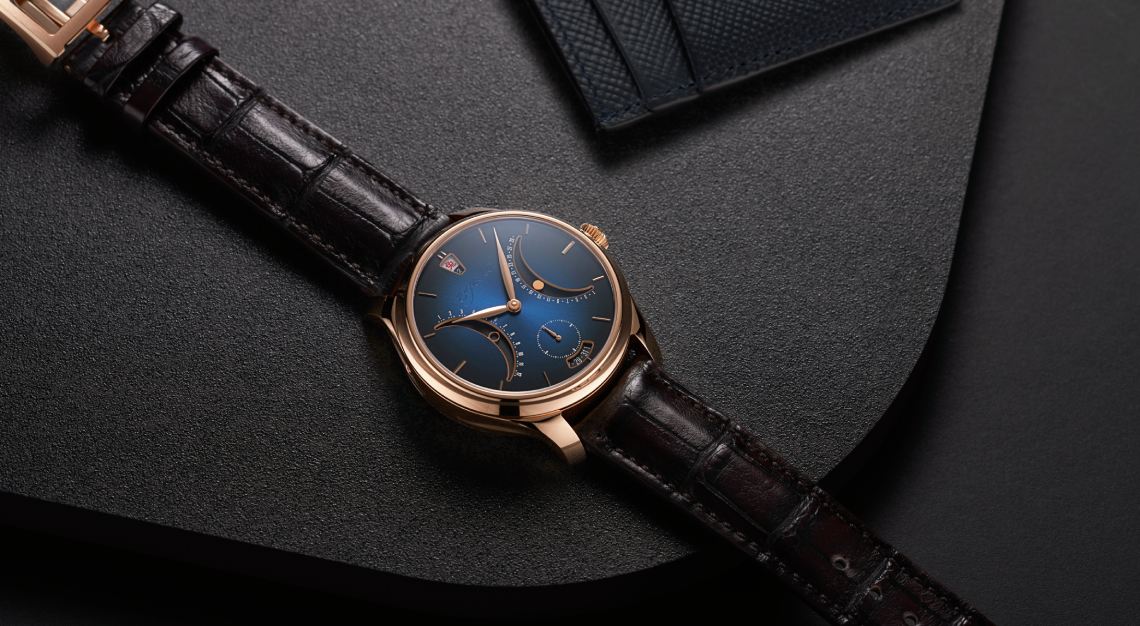
H. Moser & Cie. Endeavour Chinese Calendar
A fan favourite among connoisseurs of perpetual calendars, H. Moser & Cie. shot to fame for its bafflingly minimalistic Perpetual 1, which looks like a pared down three-hand watch. Upon closer inspection, it actually displays the entire perpetual calendar indicators.
The Endeavour Chinese Calendar sees H. Moser leveraging on its calendar-making expertise while stepping out of its comfort zone by tackling the massively complex Chinese calendar. Unlike the Gregorian calendar that we are accustomed to, which is based on solar calculations, the Chinese calendar takes cues from both the cycles of the sun and moon, making it a lunisolar calendar.
Limited to 100 pieces, the Endeavour Chinese Calendar is an impressive undertaking. Framed by a red gold case, its elegant blue fume dial displays the months and days of the Chinese calendar, the days of the Gregorian calendar, the moon phases, and the signs of the zodiac that are associated with each Chinese year.
Because there are no repeated cycles in the Chinese calendar—and hence actually impossible to produce a Chinese perpetual calendar—the owner would have to send the Endeavour Chinese Calendar to H. Moser for servicing every 12 years. When that time comes, the brand will replace a special cam in the movement with a new one that sets the watch up for its next 12-year cycle.
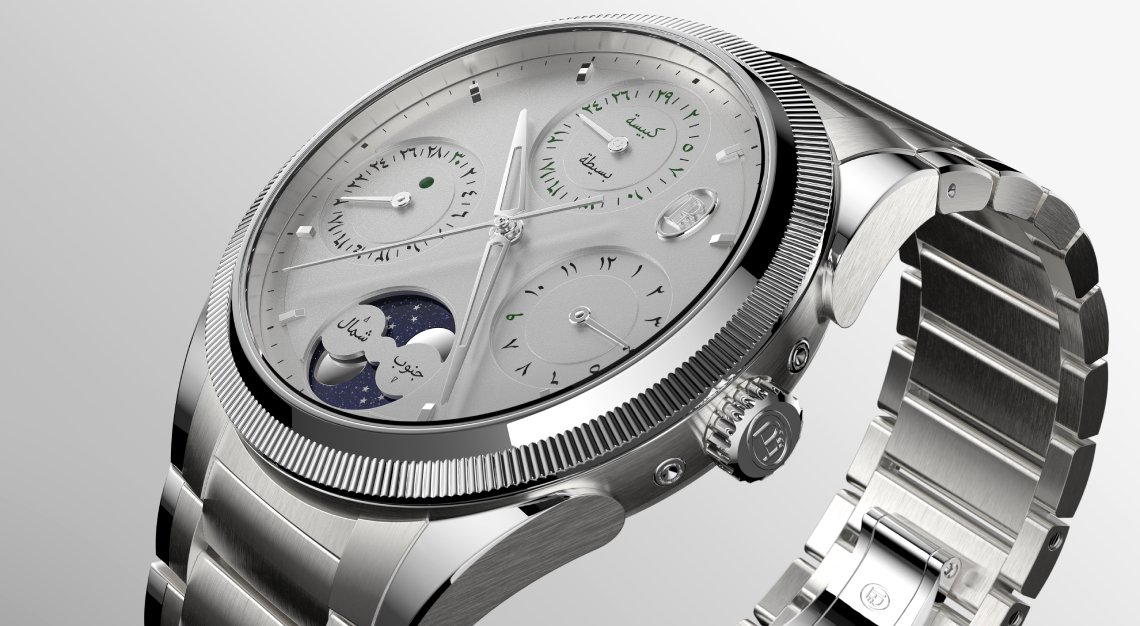
Parmigiani Fleurier Tonda PF Hijri Perpetual Calendar
The capacity for a watch to connect its wearer to an immense past and culture is beautifully demonstrated by the Tonda PF Hijri Perpetual Calendar. Here, the calendar displays are based on the Hijri Islamic calendar, which is based on lunar cycles that first surfaced in 622 CE. That was the year the Prophet Muhammad journeyed from Mecca to Medina (now in Saudi Arabia). The migration is known as the Hijra, one that marked the beginning of the Islamic era and the start of the Hijri calendar.
Parmigiani first encountered the Islamic calendar from a pocket watch that was sent to its workshop for restoration. The Swiss watchmaker then made its own version with a table clock and, subsequently, developed a wristwatch with the Hijri calendar that won the Grand Prix d’Horlogerie de Genève (GPHG) Innovation Prize in 2020.
The latest iteration is a stately platinum dress watch that expresses the complication’s legacy and technical refinement with grace and subtlety. The watch’s knurled bezel, elegant lugs and bracelet, and sandblasted platinum dial exude understatement that belies its movement’s complexity. The calendar information is rendered in elegant Arabic script, while at six o’clock, a double moon phase window charts the waxing and waning of the moon for both Northern and Southern hemispheres.
